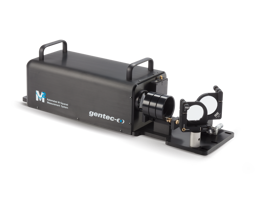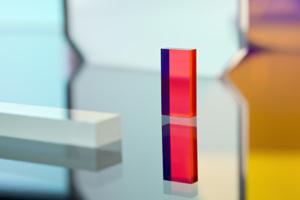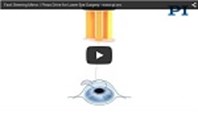Mirrors
MIRRORS WHITE PAPERS AND CASE STUDIES
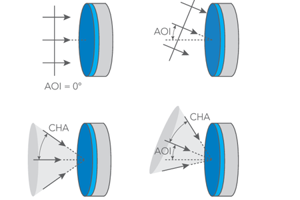

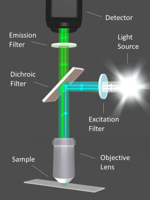

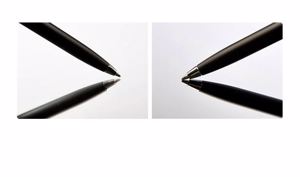
MIRRORS NEWS
-
Photonics West 2026 offers over 100 technical conferences, 60 courses, and networking events spanning biomedical optics, lasers, quantum tech, and Vision Tech.
-
Photonics surged in 2025 through telecom, AI, and health advances. In 2026, AI-driven design, quantum sources, thin films, and sustainability lead the next innovation wave.
-
Explore the latest breakthroughs in crystalline optical coatings and graphene-based photonic components, highlighting their mechanisms and transformative applications.
-
It’s almost show time with both Automate 2025 and the CLEO Conference just around the corner. Let’s take a look at two of the photonics industry’s most-anticipated shows.
-
SPIE Photonics West 2025, scheduled for January 25–30 in San Francisco, offers numerous benefits for professionals in the optics and photonics industry. Here are 25 reasons to attend.
-
It’s that time again. Let’s take a look at the most-read articles that appeared on Photonics Online this past year. Why, it’s become an annual event!
-
Optical filters enhance construction projects through quality control, robotic precision, and smart building tech. Examples include One World Trade Center and Burj Khalifa.
MIRRORS VIDEOS
-
BOROFLOAT®, the world’s first borosilicate glass by SCHOTT, has become one of the most influential specialty glass materials with its thermal stability, superior surface quality, and remarkably high transmission for utilization in research applications such as its implementation in the Hobby Eberly Telescope.
-
This video demonstrates the use of the Piezo Drive in refractive eye surgery. These Piezo-based tilting mirrors direct the laser beam faster and more precisely than conventional scanners.
-
OptoSigma had their usual strong presence at the Photonics West exhibition in 2014. This year, Dan Denison took the time out to give us an overview of some of the products they had on display- most notably, their new line of super mirrors for applications involving ultra-high finesse optical cavities.
-
Shruti Sharma, inside sales manager with Hamamatsu, walks us through several of their product offerings displayed at Photonics West 2013.
-
Giuseppe Borghi, VP of marketing and sales at Media Lario Technologies (MLT), discusses MLT's disruptive manufacturing technology, high-precision replication by electroforming. This technology allows them to produce with cost and cycle time savings greater than 50% high-precision very thin mirrors with complex surfaces like non-rotationally symmetric and free-form. These complex mirrors can be integrated into single aperture multispectral (VIS to LWIR) sensor systems delivering top performance, compactness, and low mass solutions for defense surveillance and security airborne, UAV, and earth observation applications.



